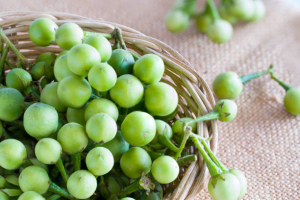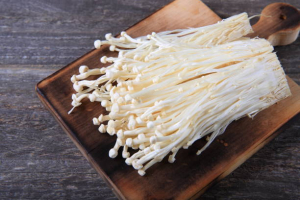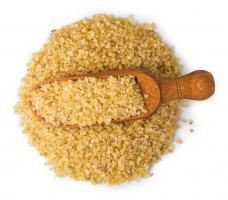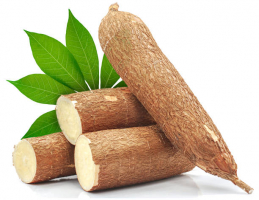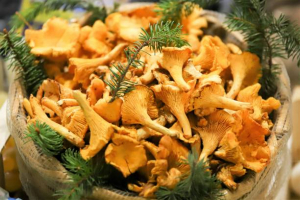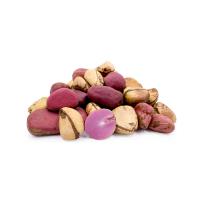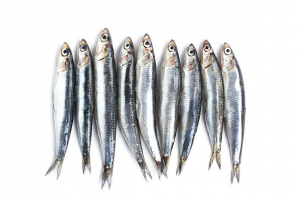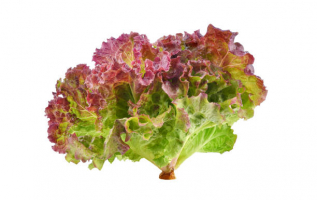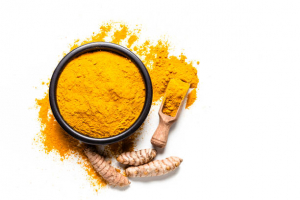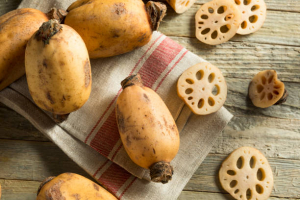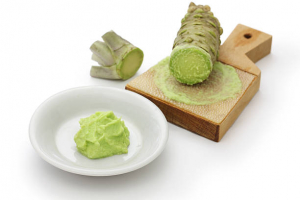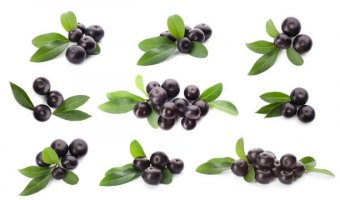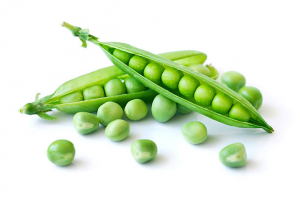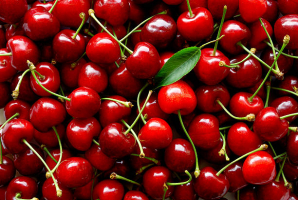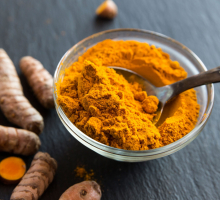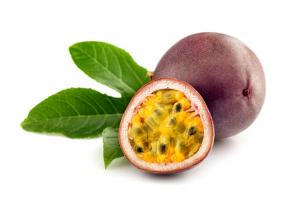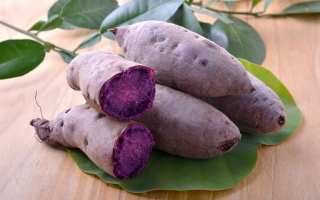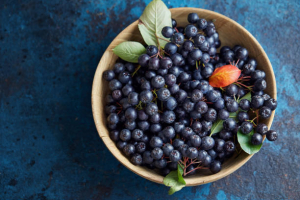Top 5 Health Benefits of Millet
Millets are a kind of cereal grain of the Poaceae family, sometimes known as the grass family. It's popular in underdeveloped nations across Africa and Asia. ... read more...While it may appear to be a seed, millet has a nutritional profile comparable to sorghum and other grains. Millets have grown in favor in the West due to their gluten-free status and high protein, fiber, and antioxidant content. This article will introduce you to the best health benefits of millet.
-
Millets, like other cereals, are starchy grains, which means they're high in carbohydrates. Notably, they are high in vitamins and minerals. One cup (174 grams) of cooked millet packs:
- Calories: 207
- Carbs: 41 grams
- Fiber: 2.2 grams
- Protein: 6 grams
- Fat: 1.7 grams
- Phosphorus: 25% of the Daily Value (DV)
- Magnesium: 19% of the DV
- Folate: 8% of the DV
- Iron: 6% of the DV
Millets have a higher concentration of vital amino acids than most other grains. Protein is constructed from these chemicals. Furthermore, finger millet has the greatest calcium content of any cereal grain, delivering 13% of the daily value (DV) for 1 cooked cup (100 grams). Calcium is required for bone health, blood vessels and muscle contraction, and neuron function.
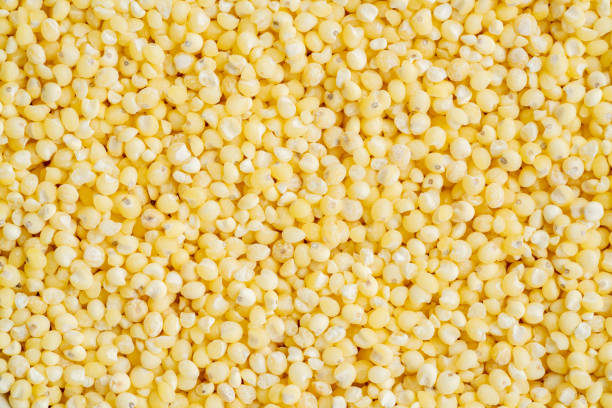
High in nutrients 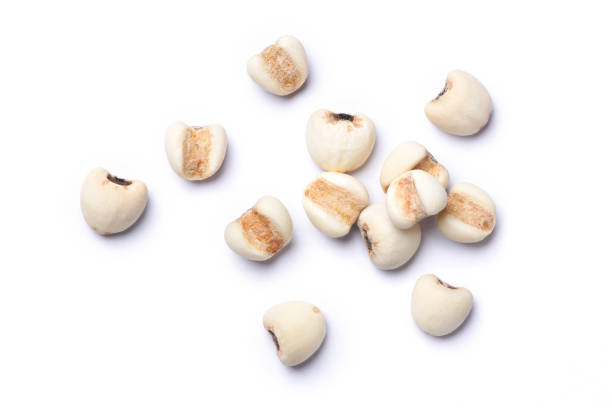
High in nutrients -
Millets are rich in phenolic chemicals, including ferulic acid and catechins. These molecules function as antioxidants, shielding your body from potentially damaging oxidative stress. Ferulic acid has been linked to faster wound healing, skin protection, and anti-inflammatory activities in animal studies.
Catechins, on the other hand, bind to heavy metals in your system, preventing metal poisoning. While all millet kinds contain antioxidants, those with a darker hue, such as a finger, proso, and foxtail millet, have a higher concentration than their white or yellow counterparts.
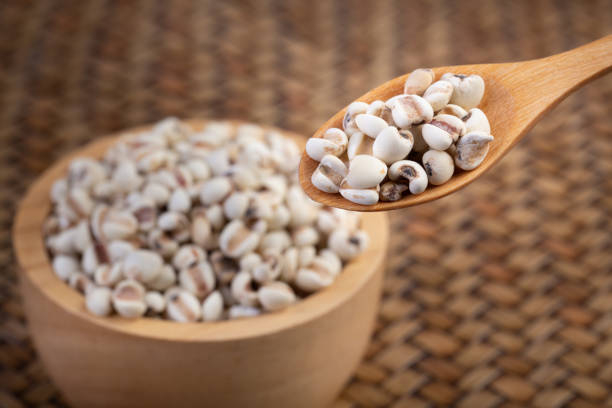
Rich in antioxidants 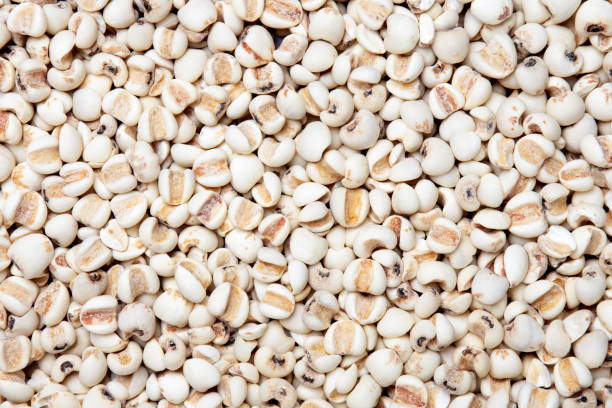
Rich in antioxidants -
Millets are high in fiber and non-starchy polysaccharides, two forms of indigestible carbohydrates that aid in blood sugar regulation. This cereal also has a low glycemic index (GI), which means it is unlikely to cause blood sugar spikes. As a result, millets are regarded as an optimal grain for diabetics. For example, a study of 105 persons with type 2 diabetes discovered that switching from a rice-based breakfast to a millet-based breakfast reduced blood sugar levels after the meal.
A 12-week trial of 64 persons with prediabetes yielded comparable outcomes. They saw a small drop in fasting and post-meal blood sugar levels, as well as a decrease in insulin resistance, after ingesting 1/3 cup (50 grams) of foxtail millet each day. Insulin resistance is a risk factor for developing type 2 diabetes. It happens when your body quits reacting to the hormone insulin, which aids with blood sugar regulation. Furthermore, in a 6-week trial of diabetic rats, a meal containing 20% finger millet resulted in decreased fasting blood sugar levels as well as lower triglyceride and cholesterol levels.
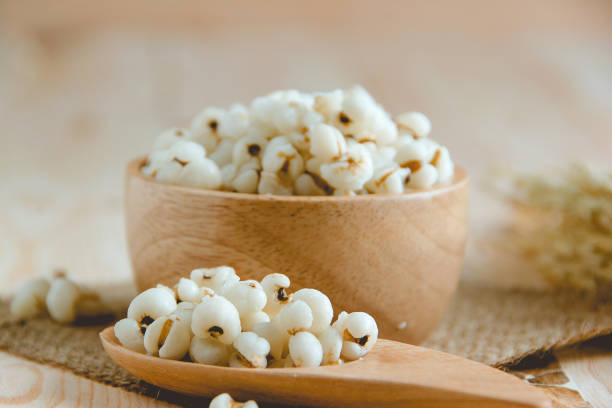
May help control blood sugar levels 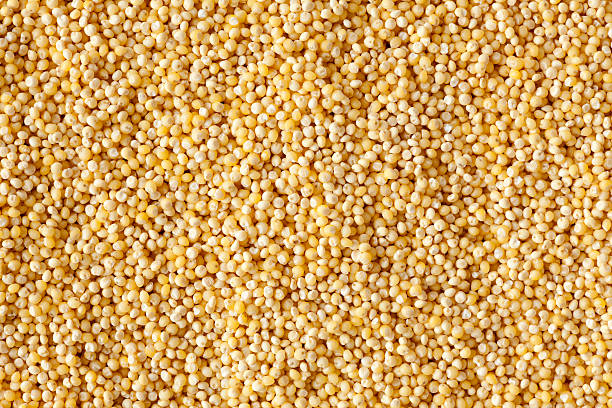
May help control blood sugar levels -
Millets include soluble fiber, which creates a viscous material in the digestive tract. As a result, lipids are trapped and cholesterol levels are reduced. In one research of 24 rats, those fed foxtail and proso millet had considerably lower triglyceride levels than the control group. Furthermore, millet protein may aid with cholesterol reduction.
A high-fat meal with millet protein concentrate was provided to mice with type 2 diabetes in one research. When compared to the control group, this resulted in a drop in triglyceride levels and a substantial rise in adiponectin and HDL (good) cholesterol levels. Adiponectin is an anti-inflammatory hormone that promotes heart function and increases fatty acid oxidation. Its levels are often lower in patients who are obese or have type 2 diabetes.
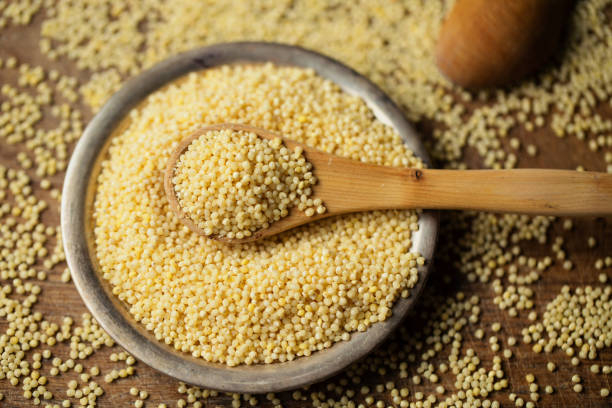
May help lower cholesterol 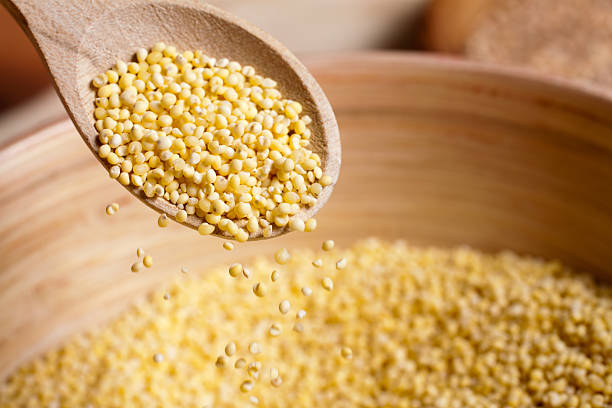
May help lower cholesterol -
Millets are a gluten-free grain, making them a feasible option for persons suffering from celiac disease or following a gluten-free diet. Gluten is a protein found in grains such as wheat, barley, and rye. Gluten must be avoided by those with celiac disease or non-celiac gluten sensitivity since it causes unpleasant digestive symptoms such as diarrhea and nutritional malabsorption.
When shopping for millets, seek a gluten-free certification mark to verify it hasn't been contaminated with gluten-containing substances. Indeed, research shows that using millet flour in baked goods improves their nutritional profile by increasing antioxidant content. This grain is also used to produce snacks, pasta, and non-dairy probiotic drinks. In reality, fermented millet functions as a natural probiotic, supplying living bacteria that are beneficial to your health.
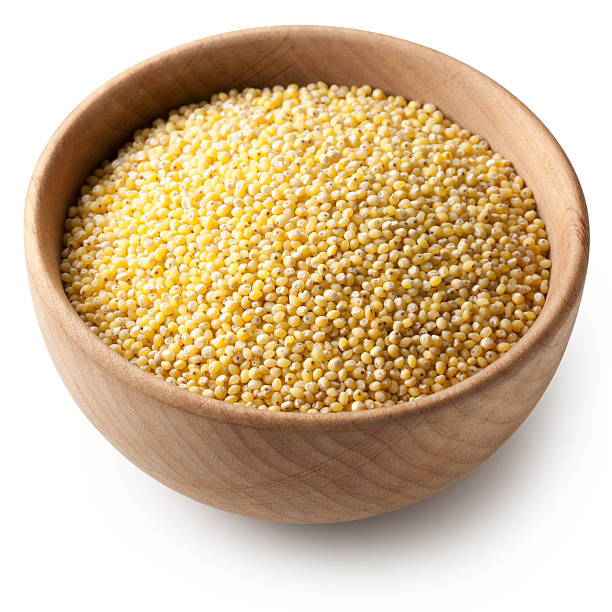
Fits a gluten-free diet 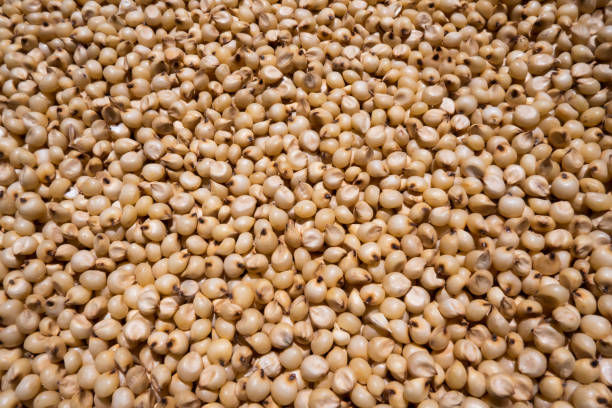
Fits a gluten-free diet







